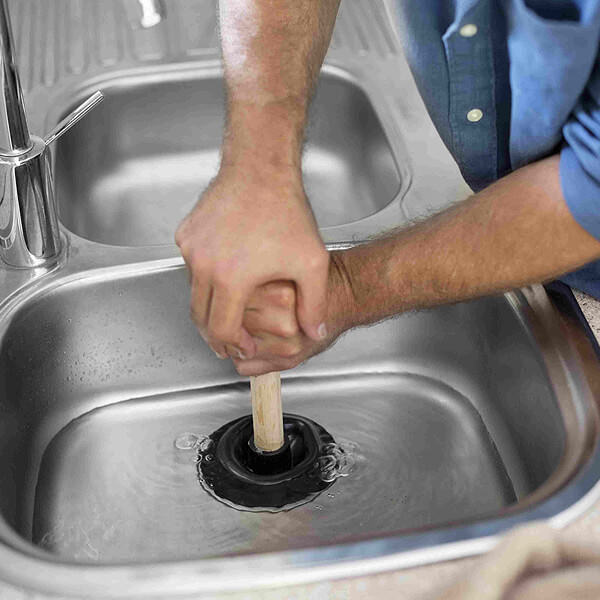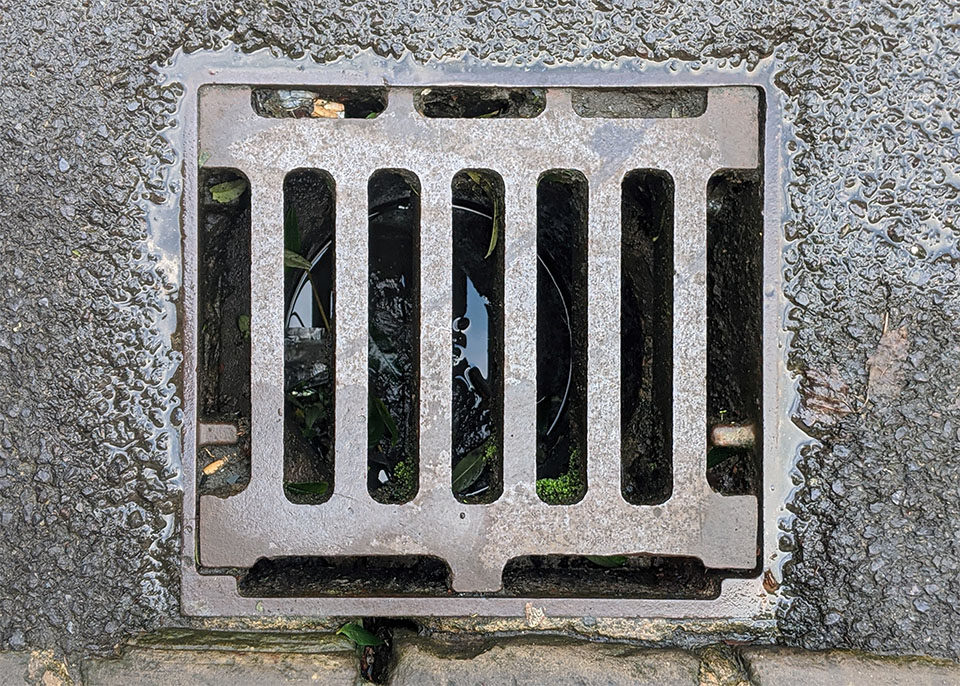The content further down pertaining to What I learned from trying to deal with a clogged drain is incredibly fascinating. Check it out for yourself and figure out what you think about it.

Intro
Handling an obstructed drainpipe can be an aggravating experience, interrupting everyday tasks and possibly creating damage to your home. Nevertheless, prior to connecting to pipes specialists, there are actions you can require to resolve the issue on your own. In this overview, we'll discover do it yourself services and preventive measures to take on an obstructed drainpipe successfully.
Identifying the Issue
The initial step in dealing with an obstructed drainpipe is identifying the indications. Slow drainage, gurgling noises, foul odors originating from drains, or water support up are common indications of a blocked drainpipe. Identifying these indicators early can assist prevent even more complications.
Typical Reasons For Obstructed Drains
Understanding the variables that contribute to drain clogs is important for reliable resolution. Usual offenders include hair, soap residue, oil, food debris, and international objects like hygienic products or paper towels. Tree roots getting into below ground pipelines can likewise create considerable blockages.
Do it yourself Solutions
For small clogs, several DIY options can be effective. Pouring boiling water down the drain can help liquify oil and debris. Baking soda and vinegar or a mix of salt and baking soft drink can function as natural cleansers. Making use of a plunger or plumbing serpent to remove blockages is one more option.
Devices and Devices
Having the right devices handy can make DIY drainpipe cleaning extra effective. A bettor is a versatile device for clearing clogs in sinks, toilets, and showers. A pipes serpent or auger can get to deeper blockages, while drainpipe cleansing chemicals can be made use of meticulously for stubborn obstructions.
Preventive Measures
To stay clear of future clogs, embracing preventive measures is essential. Install drain guards or strainers to capture hair and debris before they get in the pipes. Consistently flush drains with hot water to dissolve oil accumulation, and prevent taking care of oil or solid waste down the tubes.
When to Call an Expert
While do it yourself solutions can fix small obstructions, particular signs indicate the need for professional support. Persistent obstructions, foul odors regardless of cleansing initiatives, or several drains backing up all at once are red flags that require skilled treatment.
Selecting the Right Plumbing Solution
When picking a plumbing solution, think about variables such as experience, licensing, and customer reviews. Select a trusted plumbing professional with a record of quality workmanship and clear prices practices.
Expense Considerations
The cost of professional drain cleaning company can differ relying on the intensity of the obstruction and the plumber's prices. Demand quotes from several companies and inquire about any kind of service charges to guarantee openness and avoid surprises.
Safety and security Precautions
When attempting do it yourself drainpipe cleaning, focus on safety. Put on safety gloves and eyeglasses to stay clear of contact with dangerous chemicals or bacteria. Never ever mix various drain cleaning products, as this can create hazardous fumes.
Case Studies
Real-life examples highlight the effectiveness of DIY services and the relevance of timely expert intervention in settling drainpipe clogs.
Conclusion
By complying with the pointers laid out in this guide, you can efficiently tackle blocked drains and prevent future pipes concerns. Whether selecting do it yourself remedies or looking for specialist assistance, prompt activity is key to maintaining a healthy plumbing system and maintaining the honesty of your home.
How to Clear a Clogged Drain Yourself (And When to Call In the Professionals)
What Can Clog a Drain
Dirt Skin flakes Hair Grease Soap scum Food Offset pipes Tree roots Small objects Mineral buildup DIY Tricks to Unclog a Drain
You can fix this! Once you have identified the source of the clog (or have a vague idea), you can try one or a combination of these fixes in order to clear your plumbing.
Wire Hanger or Snake
Untangle and clear out hair from a drainpipe with a homemade snake. Use a straightened-out wire hanger with a 90-degree angle hook to locate the clog and drag out any unwanted material.
Remember not to push the clog further down to where the wire hanger cannot reach! If you need to follow up with a plunger, give it a try. Your efforts might be more successful after it’s been wire-snaked.
If you want to get fancy and don’t have a wire hanger to spare, head to the store and pick up a hand-operated drain snake. You can get one for $10-$30. It may save you the hassle, and provide additional length to reach deep into the clogged pipe.
Plunger
A cup plunger has a suction cup attached to a wooden handle. The rubber creates a seal around the drain, and increases the pressure force of the plunger.
Plunge for 30-second increments to loosen the clog. This may need to be repeated over the course of 15-20 minutes. Once plunged, run the water to flush the remaining material out of the drain.
Remember– never use a plunger if you have used a chemical drain cleaner. These chemicals can splash up from the force of the plunger and cause serious injury or burns.
Boiling Water
Hot water can sometimes break up materials into a flushable amount. Dirt, grease, and soap buildup requires heat in order to unstick from surfaces.
Take your kitchen kettle and heat your water to a boil. Once it reaches a rolling boil, pour it directly down the drain into the blockage. Carefully follow with plunging, if necessary.
Don’t worry if this takes more than one try! It can often take multiple kettles and repeated plunging in order to clear a particularly stubborn clog.
Chemical Drain Cleaner
As a last resort, pick up a bottle of chemical drain cleaner. Drain-cleaning chemicals are potent, and not very good for the environment.
You may need to wear protective eyewear in gloves before handling your bottle of chemical drain cleaner. Follow the instructions printed on the bottle, and flush with water as soon as the instructions allow. Do not follow with plunging.
Baking Soda and Vinegar
As a safer alternative to chemical drain cleaner, baking soda and vinegar can create a chemical reaction that clears tough clogs.
Combine one cup of cleaning vinegar with one cup of boiling water, and set aside. Once you have done this, pour half a cup of baking soda down the drain. Give the baking thirty seconds to settle and cover a large portion of the problem drain.
Following the baking soda, pour down your vinegar and hot water solution. Once the vinegar and baking soda combine, the mixture will bubble and fix. Let this reaction fizzle in the drain for about an hour.
After an hour, follow with a kettle’s worth of hot water. The heat and liquid should flush out any remaining material.
When to Call a Plumber
If your DIY attempts haven’t cleared your clog drain, it’s time to call in a professional. It’s not worth losing access to your kitchen sink or high-traffic bathroom. A clog in a vital area can keep you from the things you’d rather be doing, and derail your routine.
Anytime a clog is causing water to spread is a time to call in a plumbing service. What starts out as a little bit of water can quickly grow into serious, expensive water damage.
Additionally, a serious clog can result in burst pipes or serious leaks. Make sure you know when to take it seriously!
https://myguysnow.com/how-to-clear-a-clogged-drain-yourself-and-when-to-call-in-the-professionals/

As a fervent reader about , I imagined sharing that piece of content was essential. Sharing is good. You never know, you may be doing someone a favor. We appreciate your readership.
Call